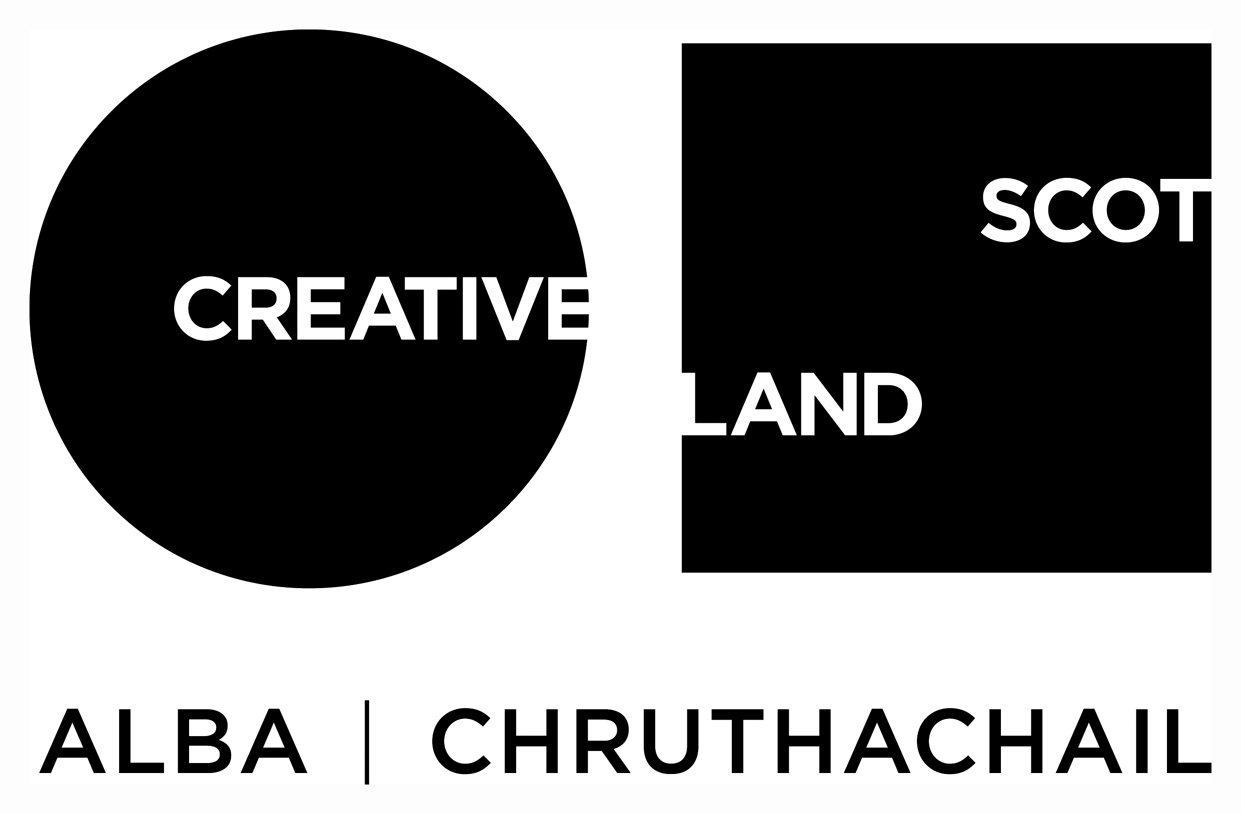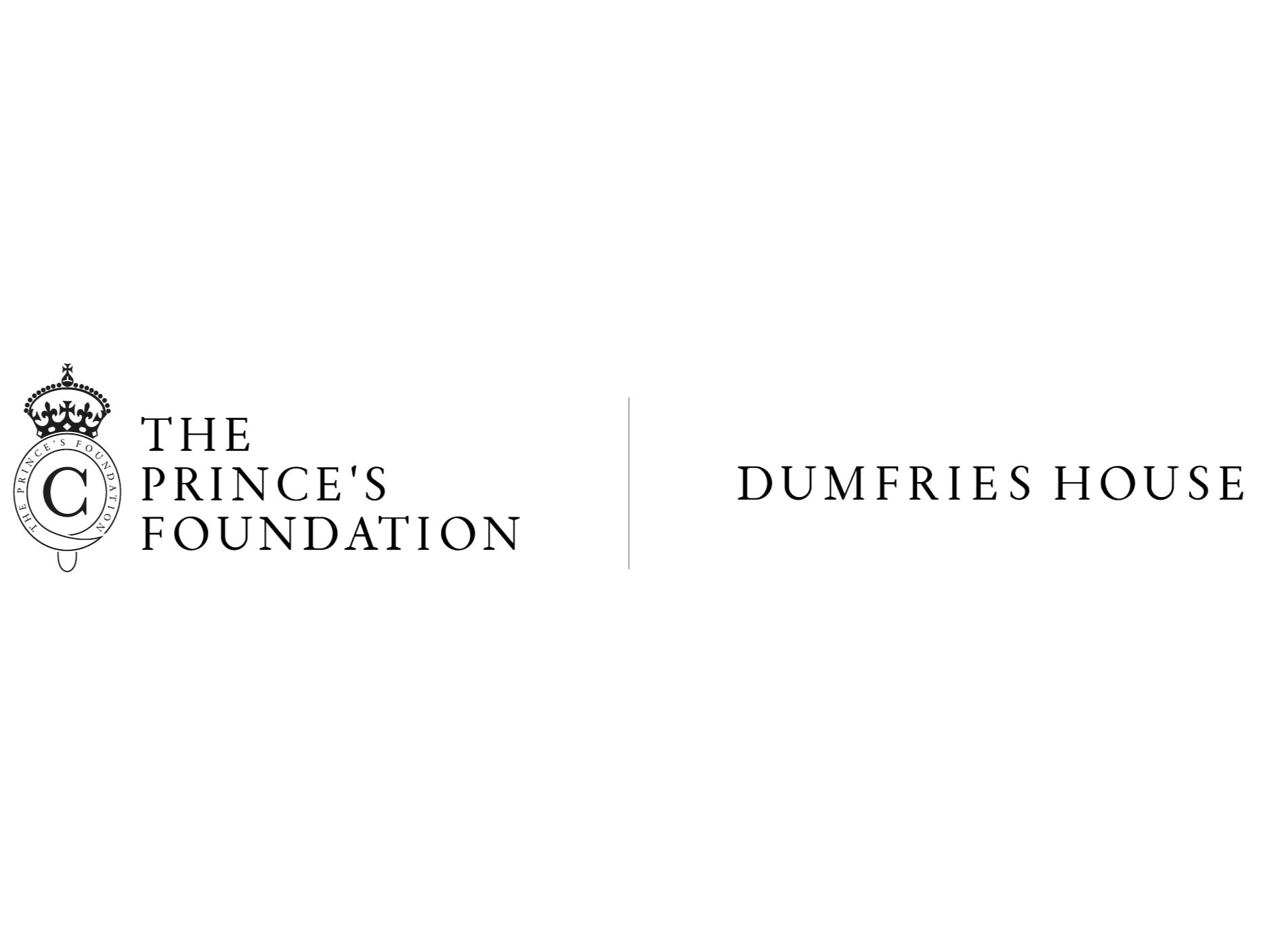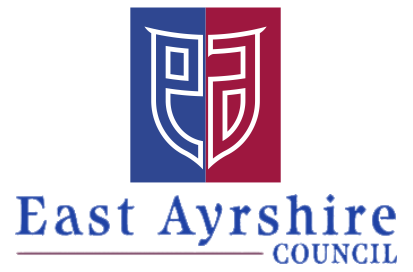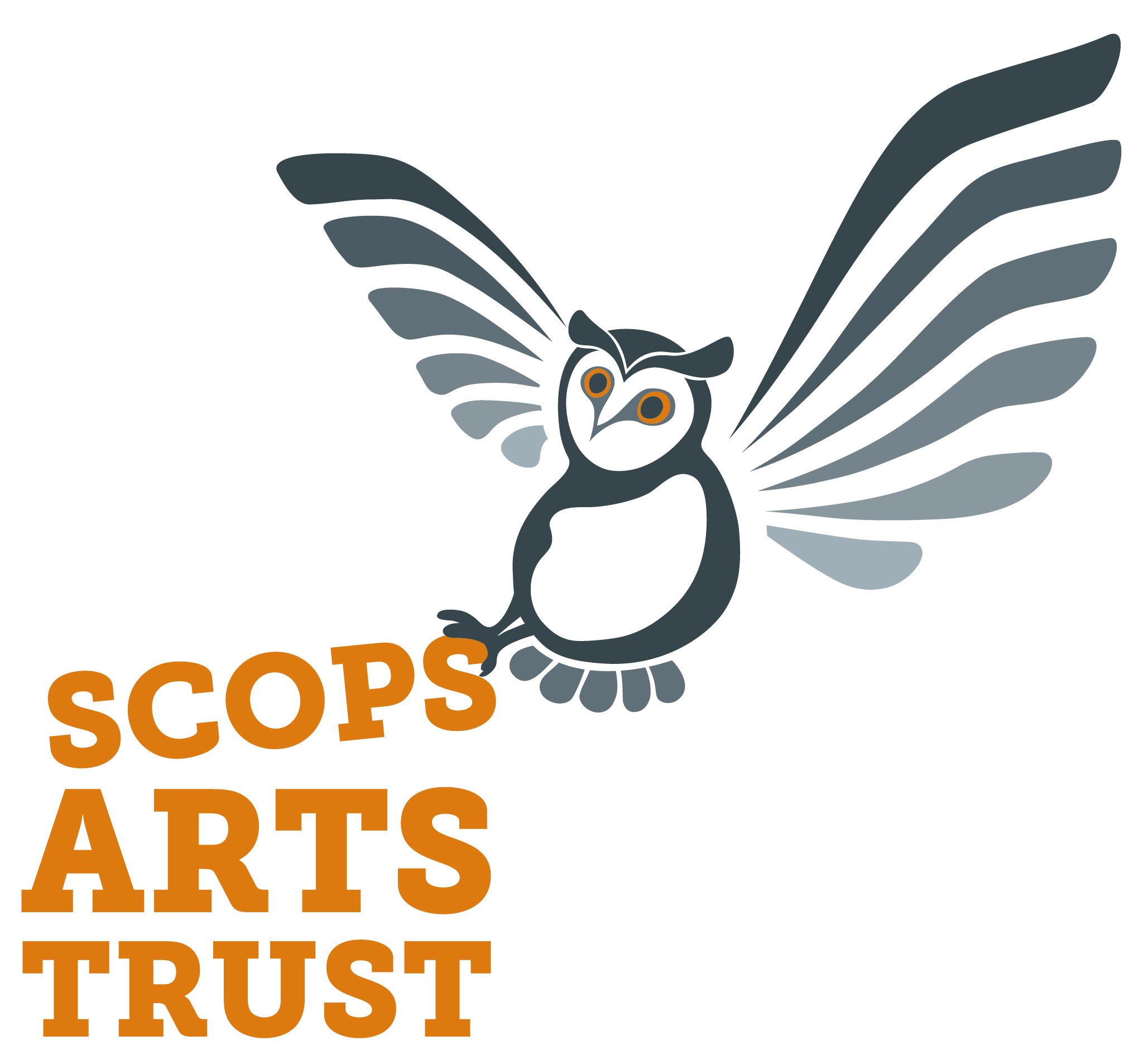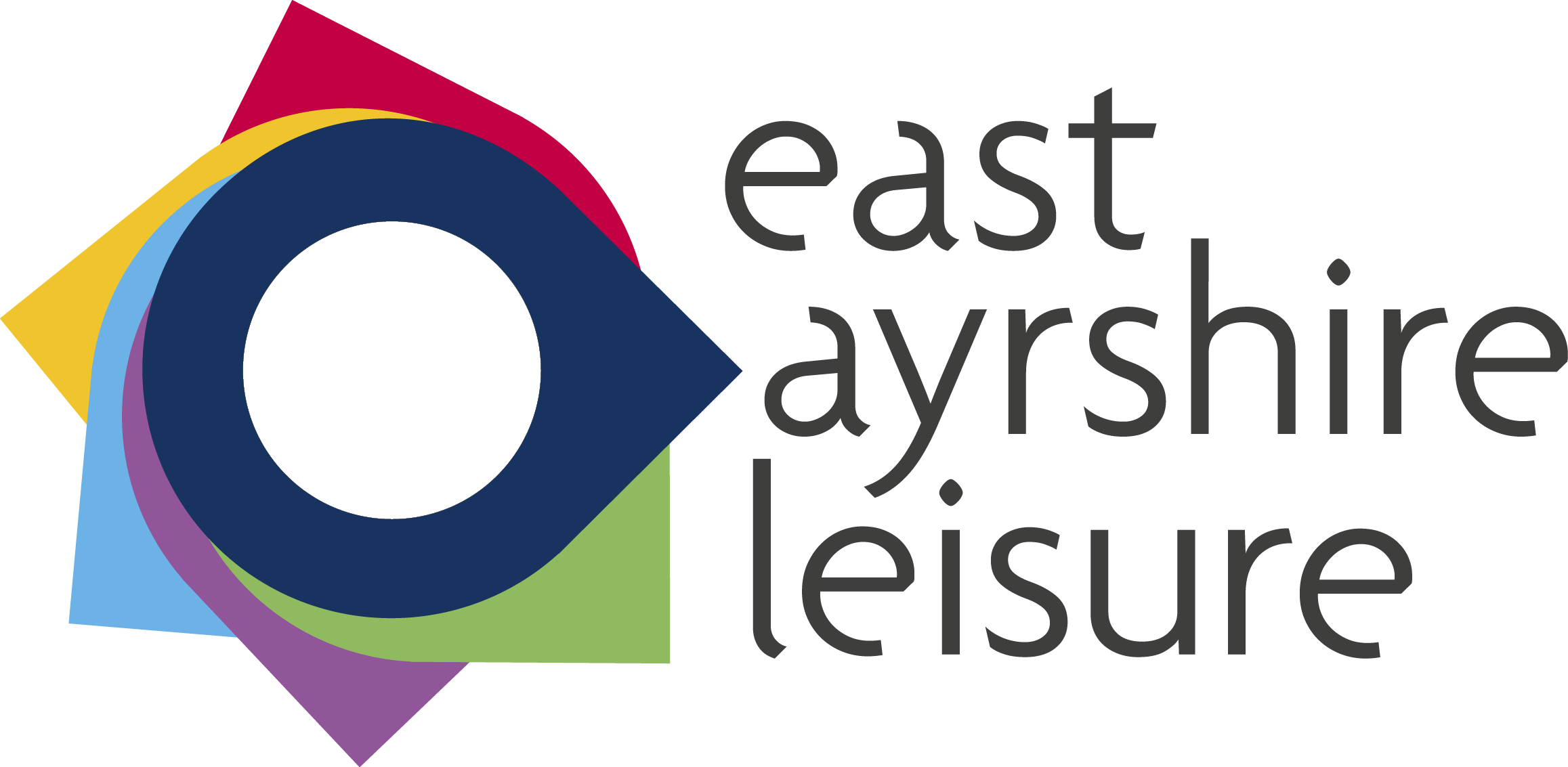Cumnock Tryst 2019 Artist Q & A - Jay Capperauld
/Local composer Jay Capperauld is a close friend of the Cumnock Tryst and has been involved in several of the festivals over the years, as well as being on the Board of Trustees. We caught up with him to find out what he has in store for audiences this year.
Can you tell us a little about your background in music and why you became a composer and a musician?
I am local to the area having lived in New Cumnock for most of my life. After taking up the Saxophone as part of my free instrumental tuition at Cumnock Academy as a teenager, I went on to study at the Royal Conservatoire of Scotland where I graduated with distinction in Performance and Composition. Since graduating I have composed music for the BBC Scottish Symphony Orchestra, the Royal Scottish National Orchestra and the National Youth Orchestra of Scotland as well as The Cumnock Tryst Festival among others. I’ve always been drawn to music and find it difficult to express exactly why I became a composer, other than a compulsive feeling I have to write music – in other words, I have musical ideas in my head that I must see brought to life; at least on the page, if not in live performance.
Can you tell us a little more about your new compositions being performed at this year’s Festival?
This exciting new project for Saxophone, Piano and Film is called “Afterlife” which has been commissioned by the extraordinarily talented Saxophonist Lewis Banks, who will perform the hour-long work alongside the equally brilliant pianist Marianna Abrahamyan. The piece is inspired by David Eagleman’s short story cycle ‘Sum: Forty tales from the afterlives’, which comprises of several pieces that are based on a diverse range of scenarios in which humans might find themselves in the afterlife. Lewis Banks has also commissioned a brand-new film by the Manchester-based Director Paul Wright which will seamlessly integrate with the music in order to capture the qualities of each short story, while pondering their intended meanings and otherworldly implications.
Why do you think the Cumnock Tryst is important for East Ayrshire?
The Cumnock Tryst is hugely important in that it is bringing communities together (locally and internationally) through music and live performance. The festival acts as a meeting place in many ways, in the sense that not only do upcoming and amateur musicians mingle with the some of the world’s greatest artists, but experienced concert goers and curious new listeners alike get the chance to share their interest and new-found love for music. In a time of diminished communal face-to-face interaction, it is arguable (if not already demonstrable) that festivals like The Cumnock Tryst are able to provide creative remedies and platforms for these much-needed shared experiences. As a local, it is very encouraging to see East Ayrshire and Cumnock represented positively in this way on the international map as a meeting place for music.
As a friend of the Tryst for a few years now, what have been some of your highlights from previous festivals?
Without generalising too much, there really have been too many spectacular musical moments for me to recount in one answer. However, seeing the festival’s Patron Nicola Benedetti perform the Chaconne from Bach’s Partita No.2 for Violin in an intimate setting at Dumfries House was a truly profound and transformative experience for me. As a composer, I always thrive on hearing the diverse range of new music that is programmed each year and seeing the festival’s continued support for new compositional voices is always energising.





